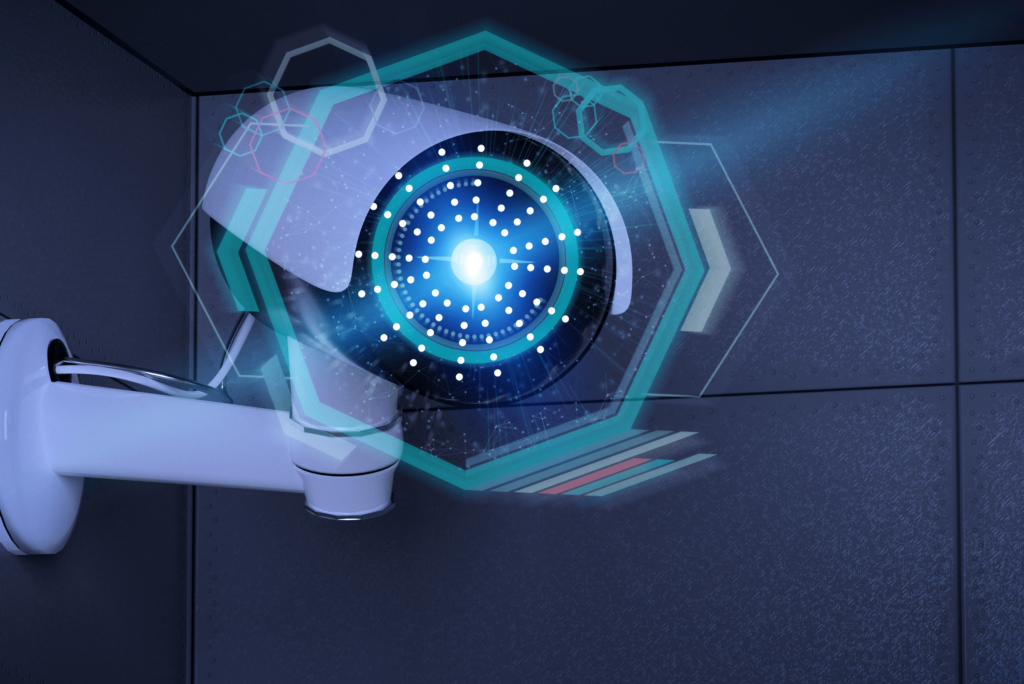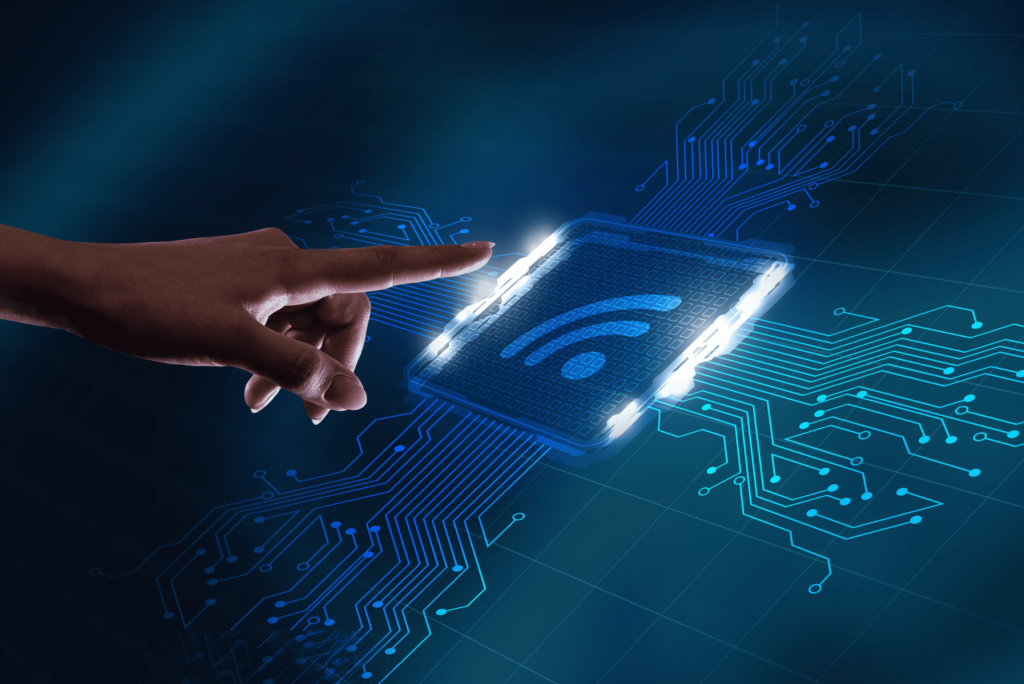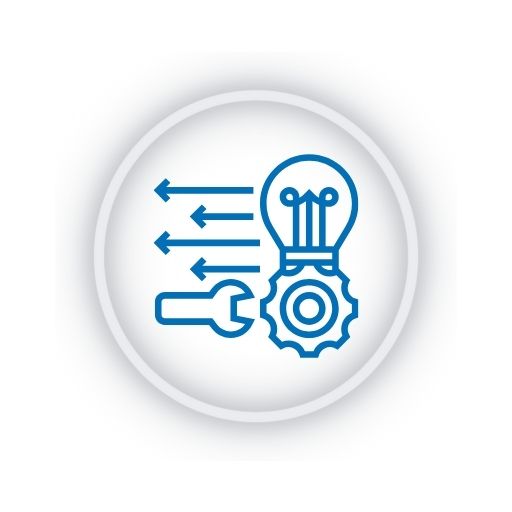Structured Wiring
Structured wiring is a comprehensive and organized approach to designing and installing the wiring infrastructure within a residential or commercial building. It serves as the backbone for various communication and connectivity systems, including data networks, telecommunications, audio/video distribution, security systems, and more.
Our Services
Objective of Structured Wiring
The primary purpose of structured wiring is to provide a unified and efficient way to manage and distribute signals and data throughout a building. Unlike traditional wiring methods where each system might have its own separate wiring, structured wiring consolidates everything into a single, well-organized network.
Structured Wiring
Key components of structured wiring typically include
Central Distribution Panel: This is the central hub where all the wiring and cabling converge. It often houses equipment like routers, switches, and patch panels.
Structured Cabling: High-quality cabling, such as Cat 6 or Cat 6a Ethernet cables, is used to connect various devices and systems.
Data Outlets: These are the ports where devices like computers, phones, or smart TVs connect to the network.
Coaxial Cabling: Used for cable TV, satellite, or over-the-air antennas.
Fiber Optic Cabling: For high-speed data transmission over long distances.
Patch Panels: These allow for easy reconfiguration and troubleshooting by providing a central location to connect and manage cables.










